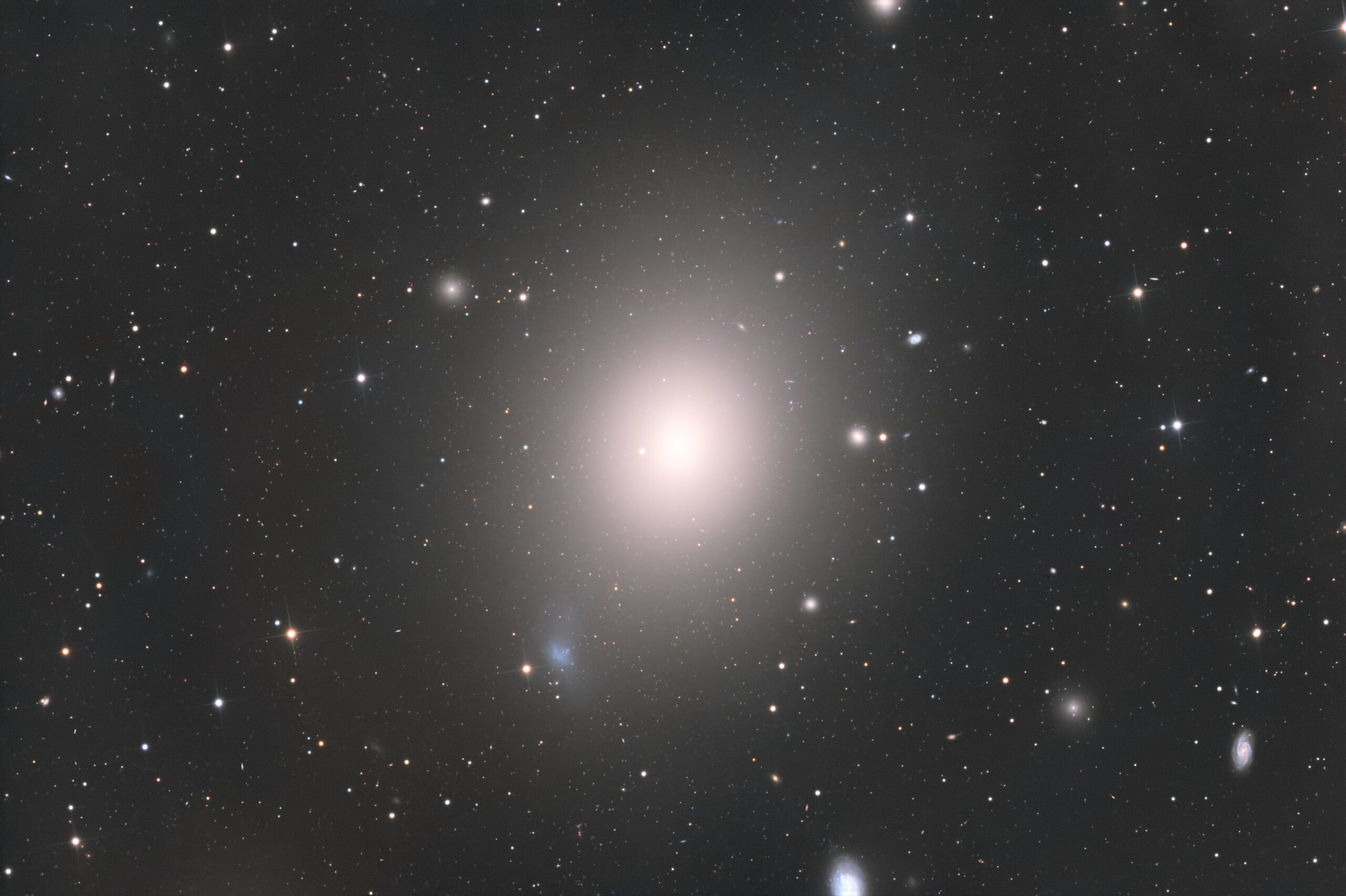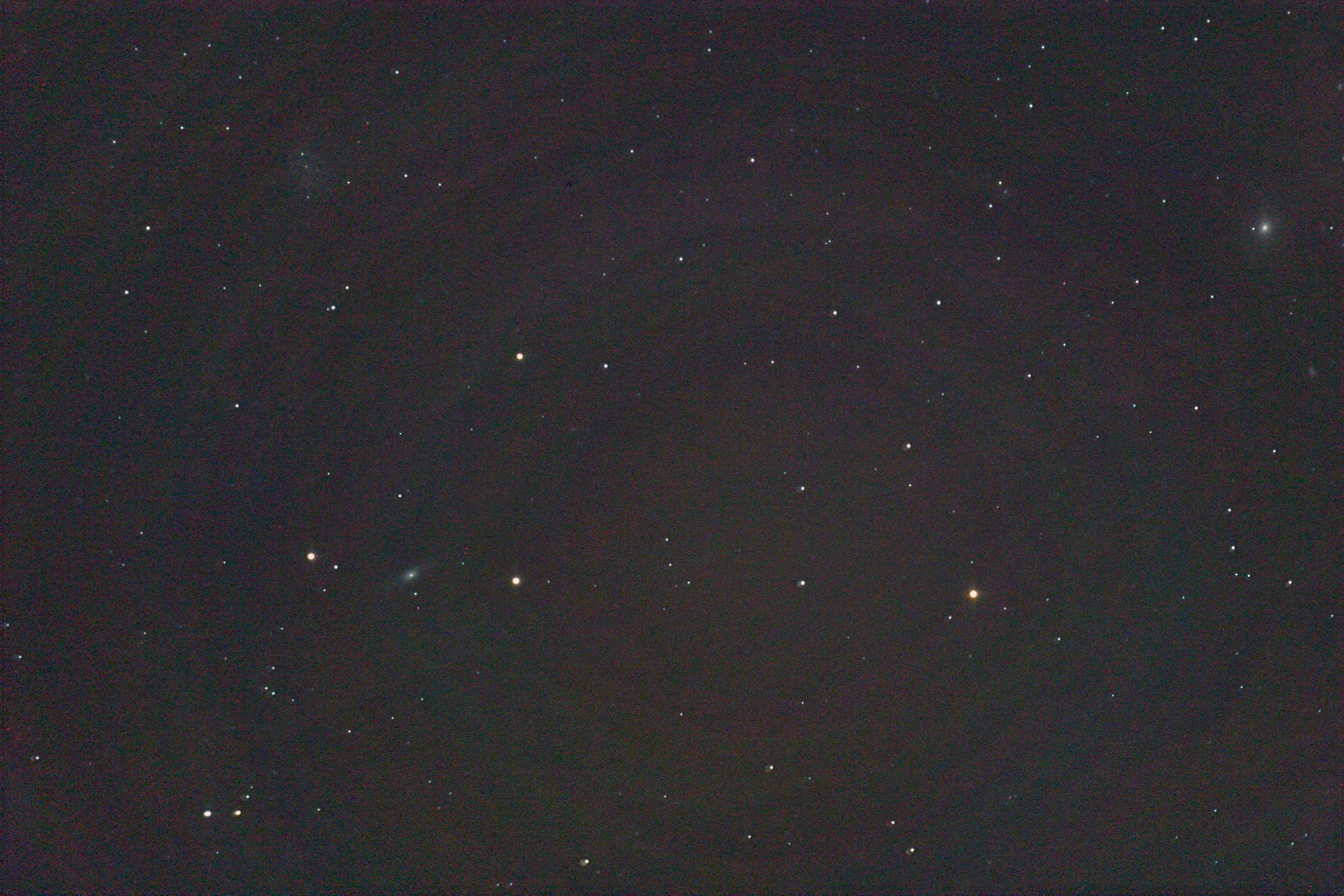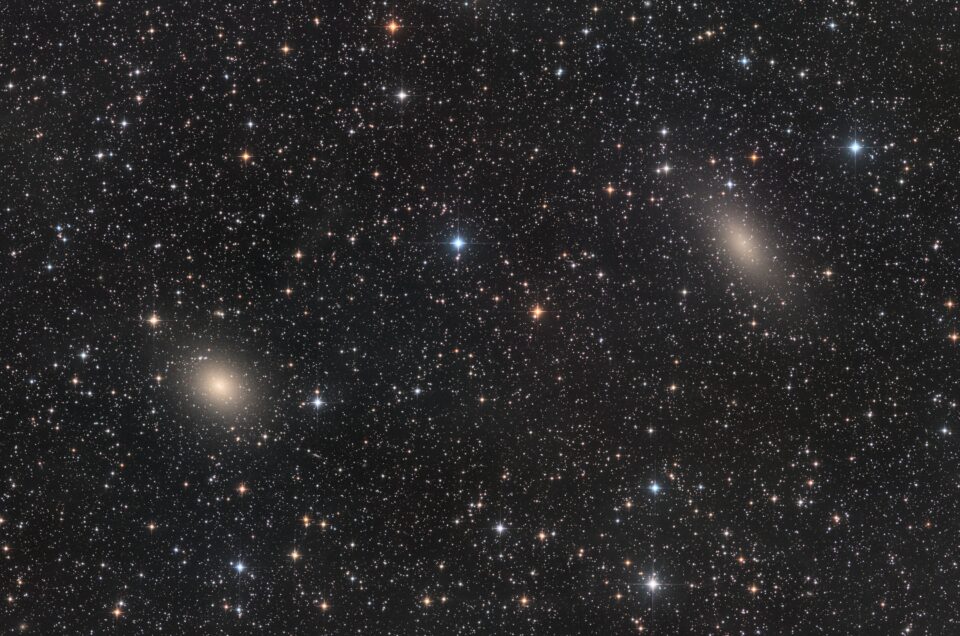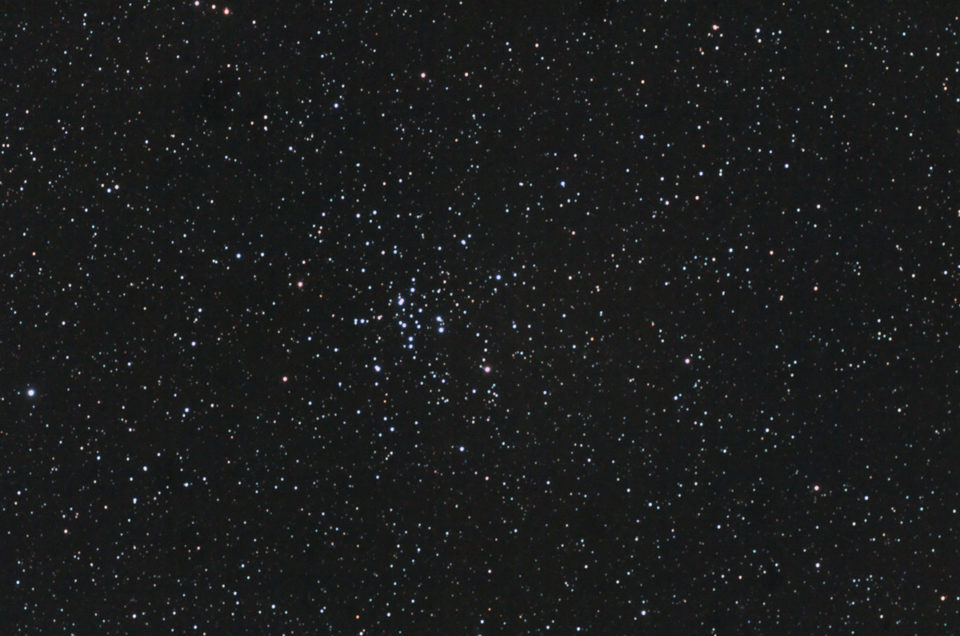Messier 49
Exactly twenty years after my first attempt in 2005 to image Messier 49 (M49) using my very first equipment from my own backyard, I returned to this impressive elliptical galaxy with a new dataset obtained from Telescope Live. My initial observations, captured with a modest setup and limited exposure time, were a formative experience in deep-sky imaging—challenging yet rewarding, as they revealed the faint core and surrounding halo of this Virgo Cluster member for the first time through my own instrumentation.
Two decades later, the contrast in data quality is remarkable. The Telescope Live dataset, acquired with a professional-grade remote telescope under dark, stable skies, provided deep, high-resolution exposures across multiple filters. The consistent calibration and tracking precision of this system made it possible to resolve the galaxy’s extended stellar halo and subtle luminosity gradients, as well as numerous background galaxies scattered throughout the field.
Processing the new data served as both a technical and personal milestone—demonstrating how advances in sensor technology, optics, and image-processing software have revolutionized astrophotography over the past two decades. From a noisy, short-exposure backyard image in 2005 to a scientifically accurate, high dynamic range dataset in 2025, this project embodies the evolution of both equipment and technique, and perhaps most importantly, the enduring fascination that drives the study of distant galaxies like Messier 49.
The data calibration, registration and the final processing of the Telescope Live data was done with PixInsight. The result was as follows:


In the image you can find a lot of quasars. The most distant of them is:
MQ J122940.09+075927.4 with a redshift of z=3.6.
Here is an overview of the used equipment and the exposure times:
- Date: 2025
- Location: Chile
- Telescope/Lense: Planwave CDK24
- Focal length [mm]: 3962
- Focal ratio: 6.5
- Mount: Mathis MI-1000/1250
- Camera: QHY 600M Pro
- Autoguiding: yes
- Filter: L:R:G:B
- Exposure time [min]: 145:140:150:135
- Resolution: 0.39″/px bin 2
And now the image from 2005. The data calibration and registration was done with DeepSkyStacker and the final processing was done with PixInsight.

Here is an overview of the used equipment and the exposure times:
- Date: 2005
- Location: Krefeld
- Telescope/Lense: 8″ GSO Newton
- Focal length [mm]: 800
- Focal ratio: 4
- Mount: Vixen GP-DX
- Camera: Canon 300Da
- Autoguiding: no
- Filter: OSC
- Exposure time [min]: 3
- Resolution: 3.76″/px




Leave a reply